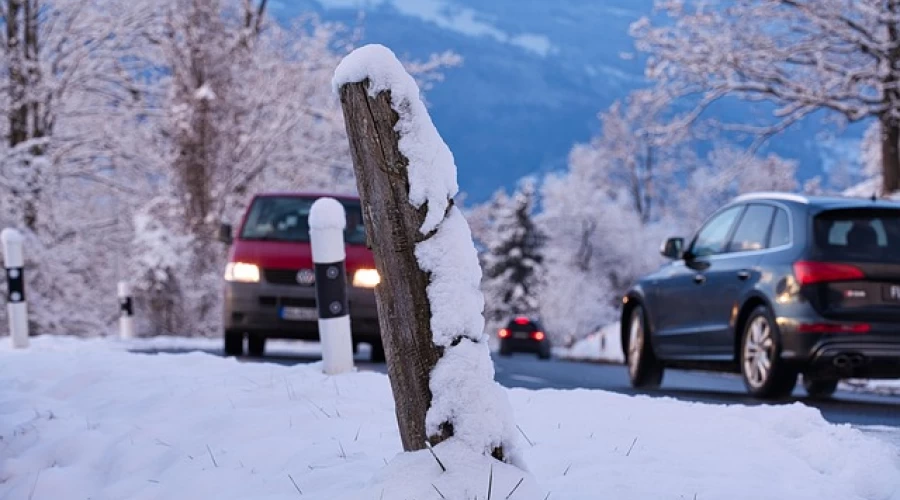Winter Hacks this Winter
This article contains information & advice regarding risks that do not appear on the Risk Register.

Driving (RAC)
"In very cold weather, you can prevent your windscreen wipers getting stuck to the glass by putting something under them like a thin piece of plastic, cardboard, newspaper or even some old socks."
Its also important to make sure you top up your car with screen wash and have some de-icer to hand. It can be a good idea to have some in the car but also in the house as it is no use it being inside a frozen car which you can’t get into!
Further information can be found from the RAC on preparing your vehicle for long journeys
British Veterinary Association
"Pack a towel to remove salt and grit from your dog's paws when you're out and about. "
Did you know that grit and salt can be toxic to dogs and cats if ingested? It is important to get it off their paws around the winter season. Another important hack is to check that rabbits and guinea pigs’ water isn’t frozen.
Cycling UK
"Add a swimming cap under your cycling helmet to help keep your head warm."
Quite a lot of heat is lost through our head and neck so it vital to keep this warm during those winter months. Consider wearing a swimming cap, neck-warmer or headband to reduce the heat loss as much as possible. Always remember, it is important to still wear a helmet when out cycling so don’t replace this with a bobble hat.
Related News

Wiltshire Libraries offer warm and welcoming spaces this winter
1m read
Wiltshire Libraries offer warm and welcoming spaces this winter

Back on the road: Wiltshire's gritters return ahead of winter weather
1m read
Back on the road: Wiltshire's gritters return ahead of winter weather
UK Health Security Agency (UKHSA)
"Wear several layers of thinner clothing; this could keep you warmer than one thicker layer."
Several layers of thinner clothing can keep you warmer than a thicker one as warm air gets trapped between the layers which then acts as an insulator.
Flooding (Environment Agency)
“Prepare a flood kit in advance of any predicted flooding, this ensures that you have all your essentials to hand quickly. Keep this somewhere easily accessible.”
It is almost inevitable that throughout winter there are likely to be a few storms that cause flooding. If you live somewhere with a flood risk, you may wish to assemble a flood kit. This kit should contain key items that will help minimise the risk and help you if you need to leave your home quickly in a flood. The kit can include things like batteries, chargers, paracetamols, plasters etc.

